Iconic Depression-era artwork relevant anew in Mark Knight toon
Rural and working voters in the US presidential election popped the bubble of Washington DC’s political establishment with the prod of a pitchfork in Mark Knight’s take on American Gothic
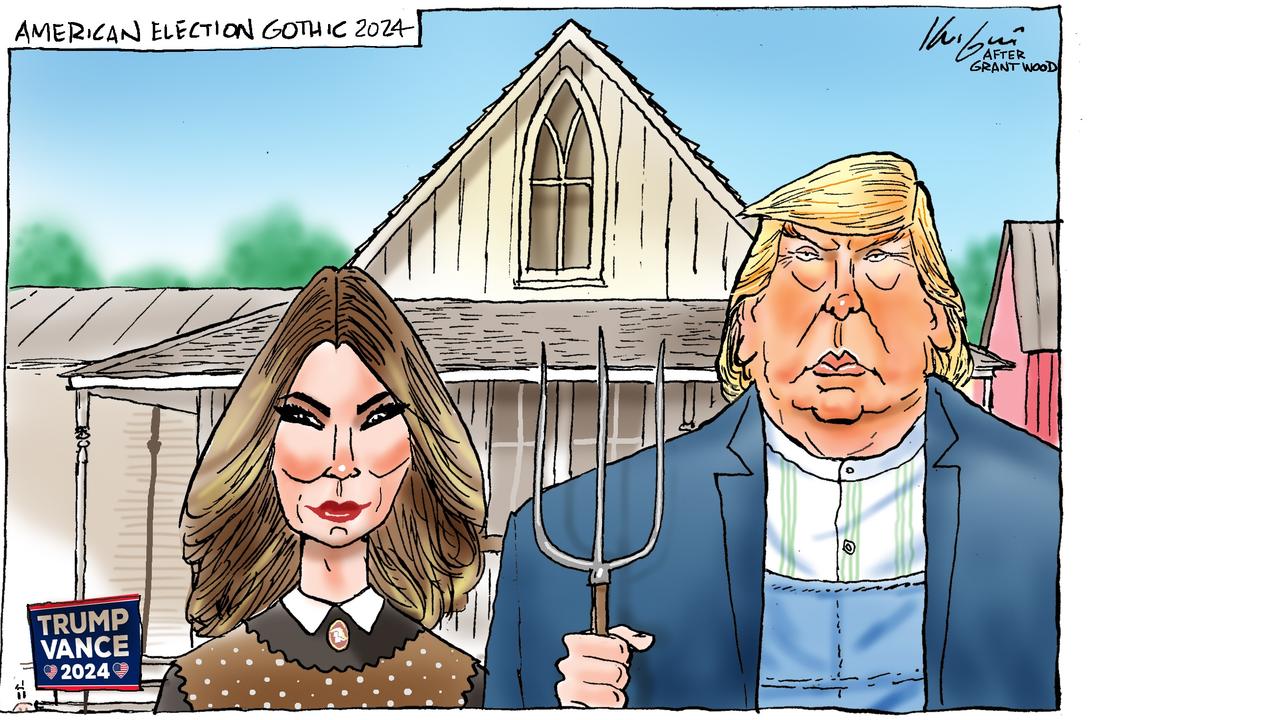
READING LEVEL: GREEN
When I was in high school, art class was my favourite time. I had some great art teachers throughout my student years but my favourite would have to have been Ms Webster, who introduced me to the world’s great painters and paintings. She would take our art class to galleries, where we would sit in front of paintings and she would explain what was actually going on.
Apparently a painting was not just a pretty picture, but an allegory* of something far deeper. She pointed out hidden symbolic* items in pictures and what some hand gestures and poses meant. We examined the great paintings of history in books – and as a result I travelled the world to stand in front of as many of these paintings as I could.
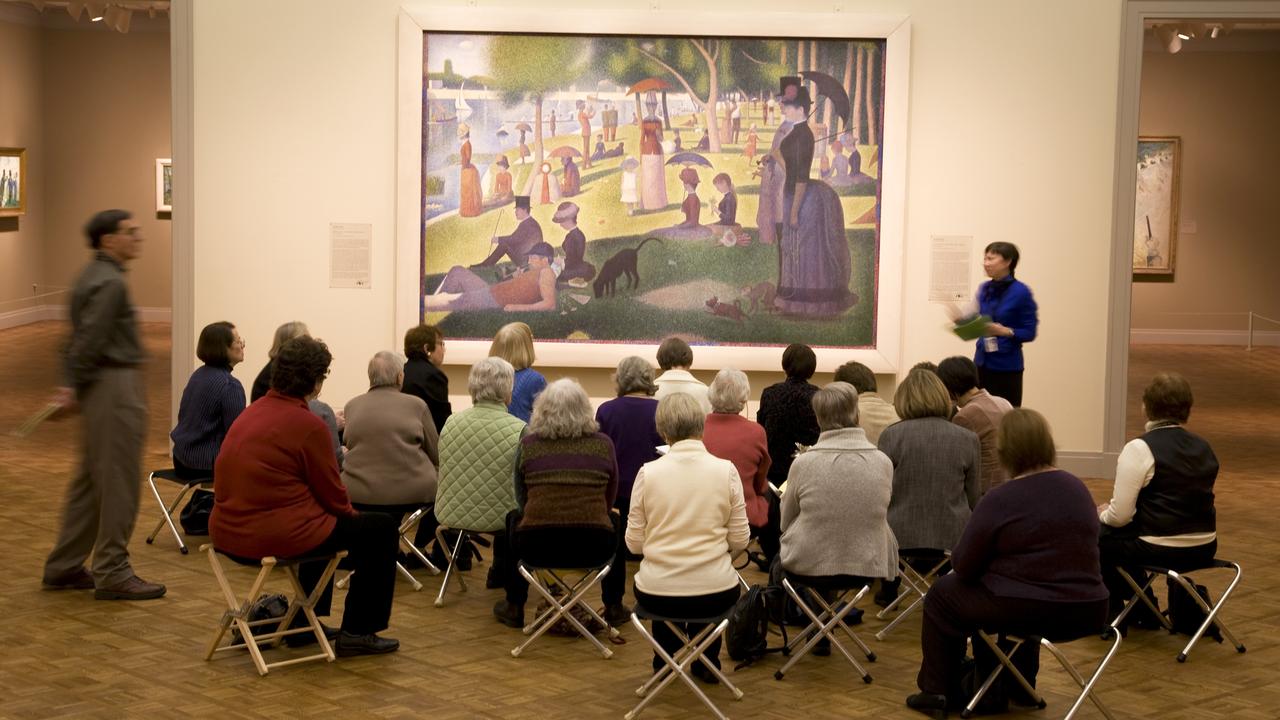
When I became a political cartoonist, I used some of these techniques in my cartoons. Political cartoons are full of metaphorical* imagery and meaning, so what I learnt back in art class, I now use in my cartoons.
In my cartoon work, I often place politicians into famous paintings to say something about the politics of the time. This week I had an opportunity to do so again when Donald Trump was confirmed the winner of the 2024 US presidential race. The painting I used was American Gothic, painted in 1930 by American artist Grant Wood.
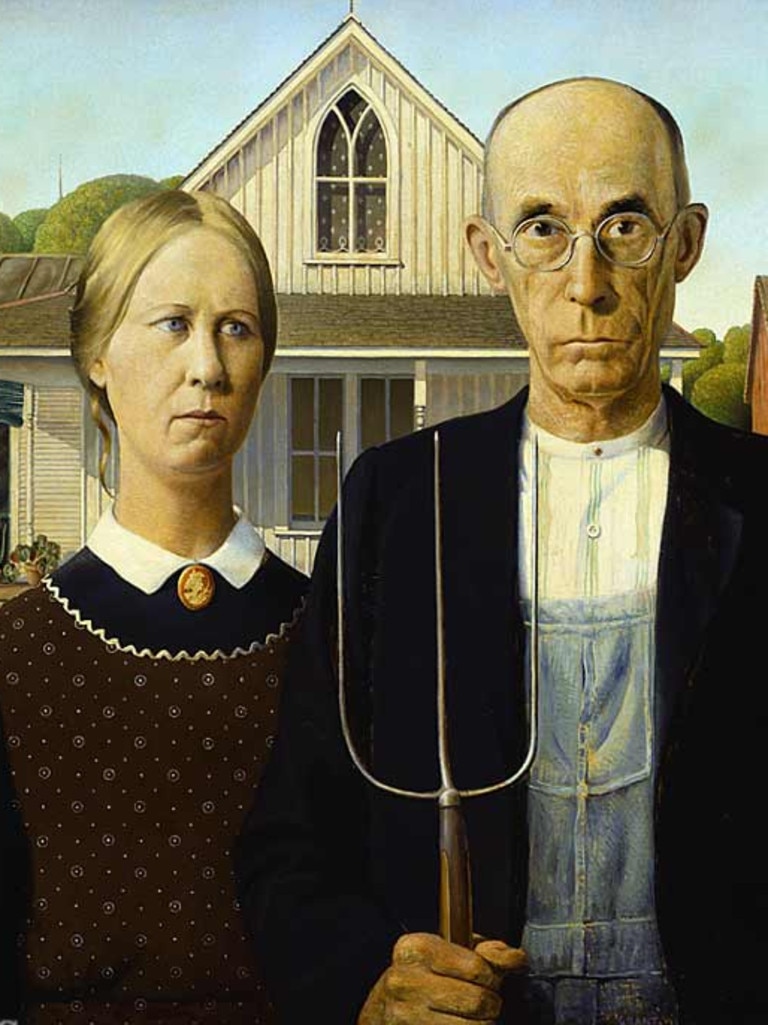
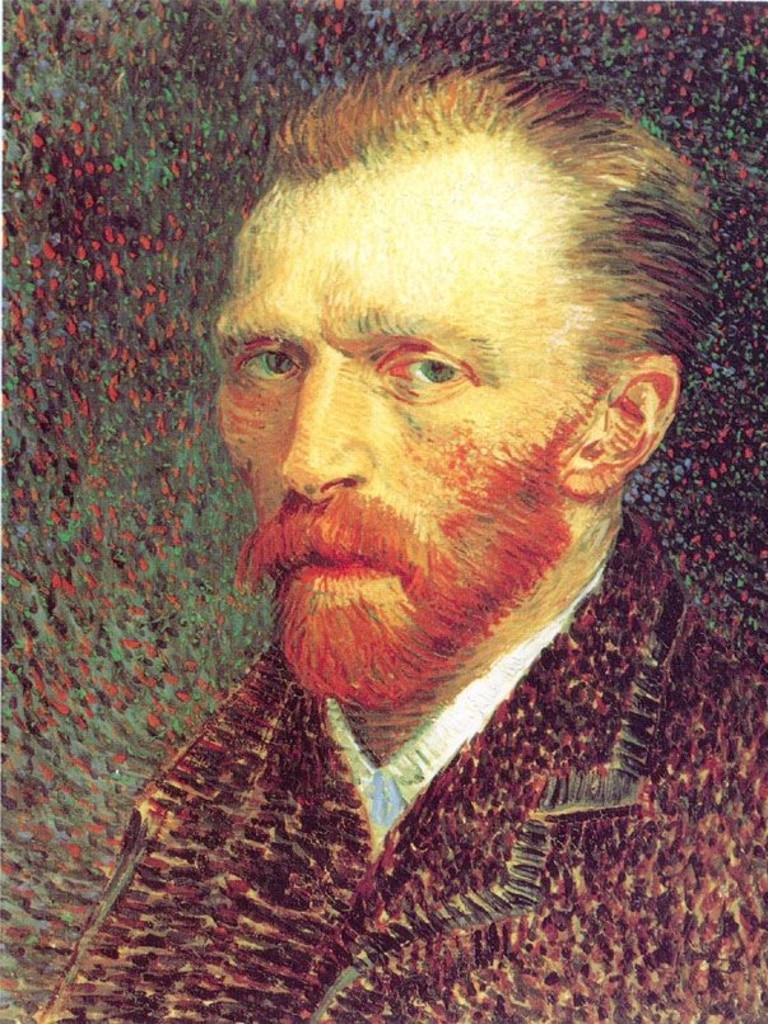
Wood’s painting now hangs in the Art Institute of Chicago – I have been there and seen it. I reckon that is one of the best galleries in the world and I nearly flipped my wig when I saw the originals of some of my favourite artworks by Toulouse-Lautrec*, Picasso*, van Gogh*, Magritte*, Hopper*, Warhol* and Monet* all in one gallery.
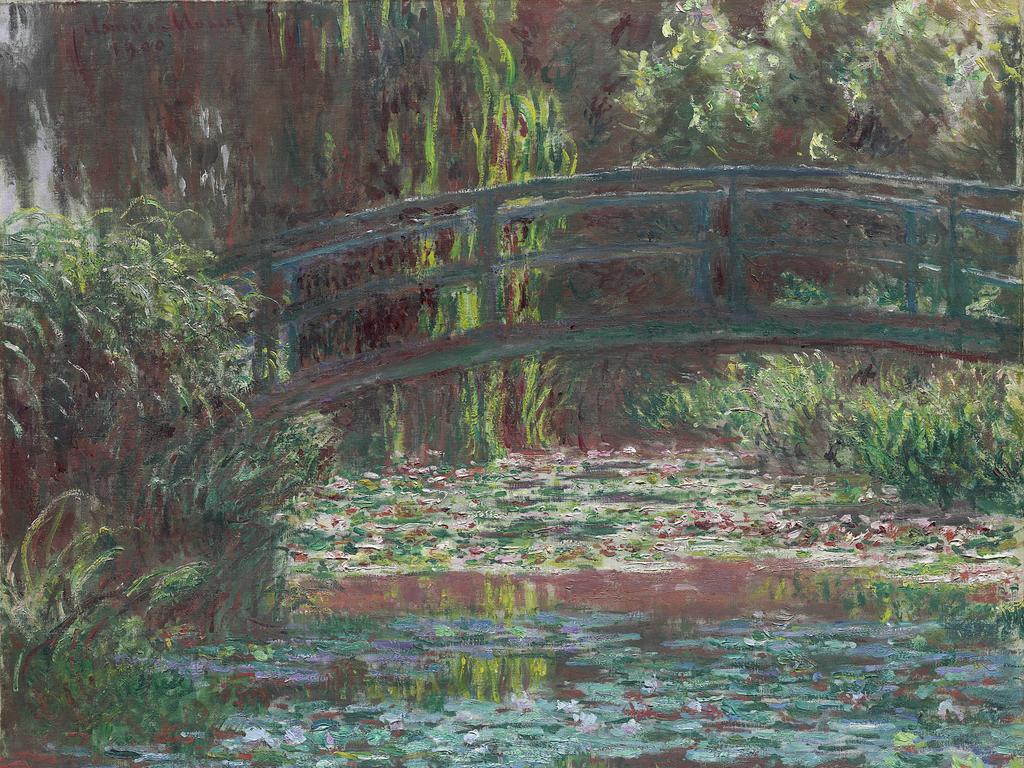
Anyway, you would all know American Gothic. It depicts a farmer and a woman (actually it’s his daughter but a lot of people mistake her for the farmer’s wife) in rural dress, standing solemnly in front of a white farm house in Iowa. It was set during the Depression* and the painting became a symbol of the resolute* nature of America’s Midwest* and its people, who struggled through very hard times but remained unbroken. The painting has been parodied* many times and I thought it was my time to have a crack at it.
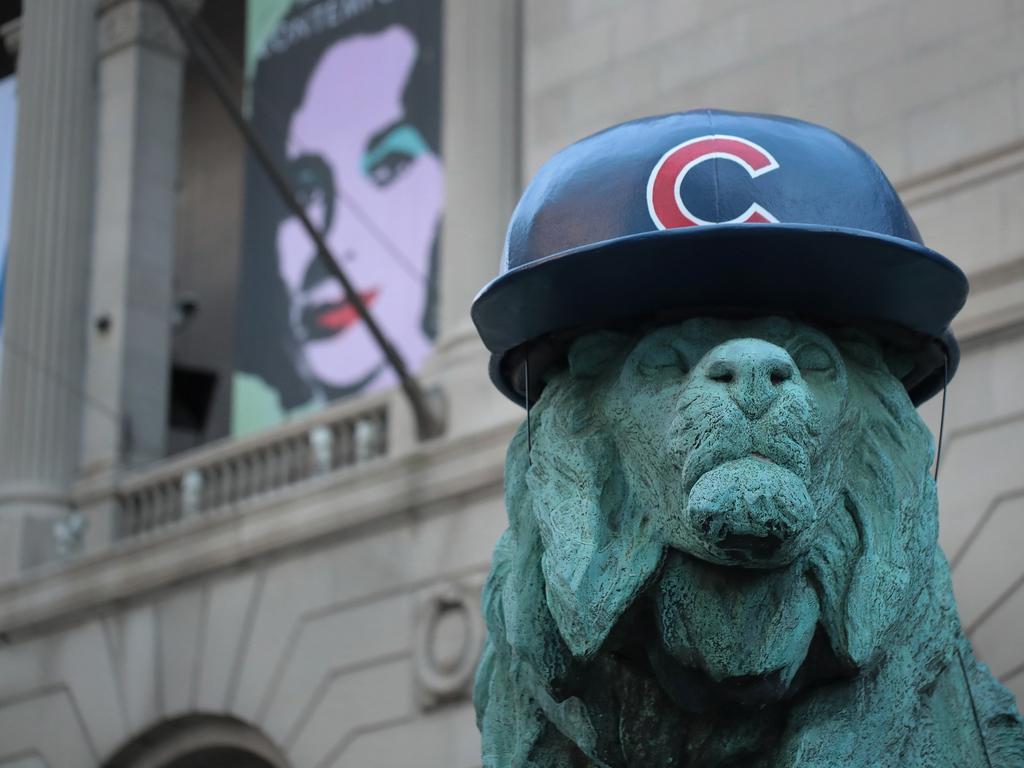
My idea was to replace the farmer and daughter with President-elect Donald Trump and wife Melania. My reasoning was that Mr Trump had won the election by taking most of the states in the Midwest, including Iowa. All swing states went his way. If you look at the electoral map of the US, it is a sea of red Trump states across the centre of the country.
Trump’s base supporters are Americans who believe they have been neglected and they are suffering under high inflation: the working class, rural folk, Latinos and Black men.

So in my cartoon, the Republican’s Mr and Mrs Trump are shown as symbols of the working and rural class voters who elected him by a substantial margin over Kamala Harris from the Democrats. They stand in front of the white farmhouse in the painting. I was going to replace it with the actual White House but I felt people would get the impression that this is the midwestern version of the “White House”.
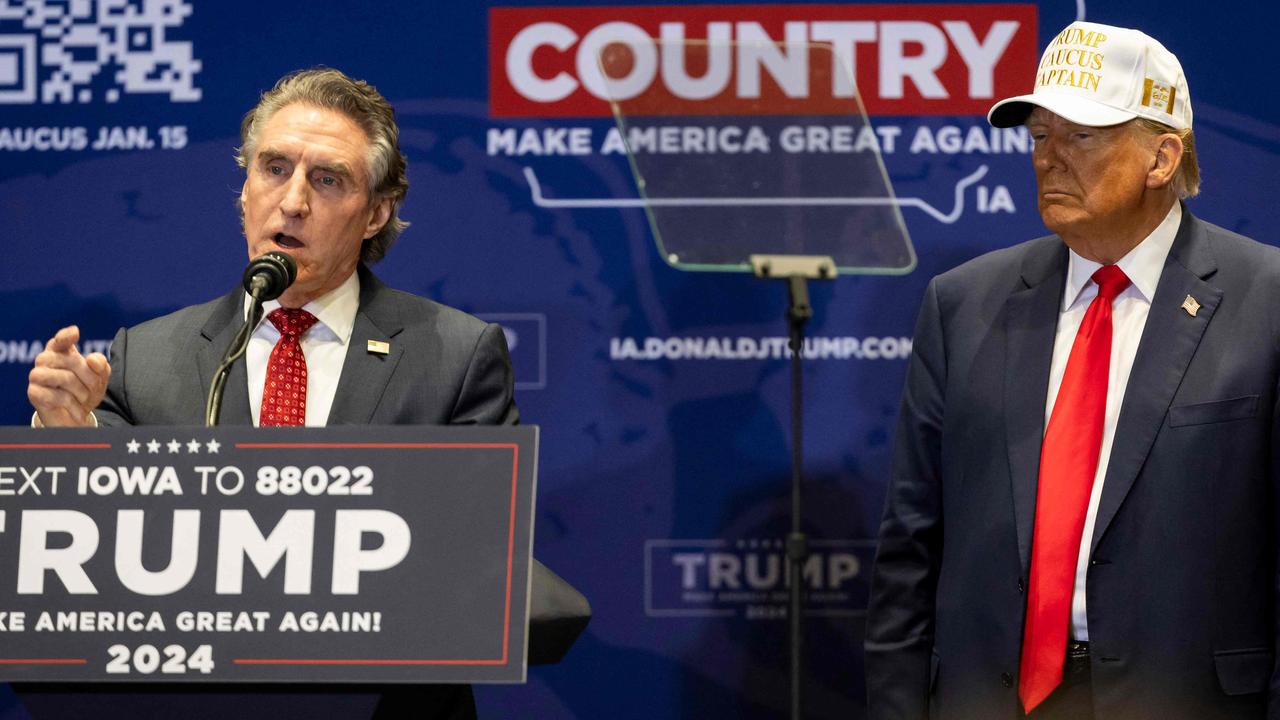
President Trump holds the pitchfork just as the farmer does in the original painting. The symbolism of the pitchfork has been much argued; in my cartoon, it could stand for Trump’s comprehensive win in this election of the presidency, the Senate and the House of Representatives. A clean sweep of all three houses.
For me, there was a laugh, too. Drawing billionaires Donald and Melania Trump as modest Midwest farmers did appeal to my absurd sense of humour and gave me a giggle.
POLL
GLOSSARY
allegory: using characters and events in a story, poem, or painting to represent other things
symbolic: using one thing to stand for or represent something else.
metaphorical: not real but representing some truth about a situation or other subject
Toulouse-Lautrec: Henri de Toulouse-Lautrec (1864-1901) was a French painter and lithographer whose subject matter was inseparable from his legendary lifestyle
Picasso: Pablo Picasso (1881-1973), one of the greatest and most prolific artists of the 20th Century, was an expatriate Spanish painter, sculptor, printmaker, ceramicist and theatre designer who spent most of his adult life in France
van Gogh: Vincent van Gogh (1853–1890) was a Dutch post-impressionist who is now one of the most famous European painters of all time but van Gogh’s work was not popular in his lifetime and he died in poverty
Magritte: René Magritte (1898-1967) was a Belgian surrealist whose work features familiar subjects and objects in surprising and sometimes unsettling ways
Hopper: Edward Hopper (1882-1967) was an American realist painter and printmaker whose most famous work include the late-night American diner painting Nighthawks (1942), which coincidentally is also held at the Art Institute of Chicago
Warhol: Andy Warhol (1928-1987), an American artist and filmmaker, was a leading figure of the Pop Art movement, whose screen print series of famous people and everyday objects including the Campbell’s Soup Cans series (1961-62) became some of the most recognisable artworks in the world
Monet: Claude Monet (1840-1926) was a French painter and a founding impressionist whose landscape paintings and own garden inspired him to try to capture nature as it appeared
Depression: the Great Depression followed World War I, when global economies crashed in 1929 and a severe recession followed for the next decade, creating huge unemployment and poverty
resolute: resolved, determined, purposeful
Midwest: northern central part of the US, includes Ohio, Indiana, Michigan, Illinois, Wisconsin, Iowa, Minnesota, Nebraska, Missouri, and Kansas
parodied: copied the style of someone or something in a humorous way
EXTRA READING
Two races that stopped the nation
Donald Trump wins US presidency
Five-minute guide to US election
QUICK QUIZ
In which gallery does the painting American Gothic by the artist Grant Wood hang?
Which of Mark Knight’s other favourite artists are named in this explainer?
What was the name of Mark’s favourite art teacher and what did she point out to students?
Which farming tool is used both in the original painting and in Mark’s political cartoon?
The original painting was set in which state and why was that significant for Mark’s cartoon?
LISTEN TO THIS STORY
CLASSROOM ACTIVITIES
1. Exploring artistic symbolism
Look at some artworks by the artists Knight has mentioned as his favourites. Choose one artwork and write a paragraph explaining what you think the meaning of the art could be. Be specific about which features of the artwork you think hold symbolism and how the elements of art have been used to create a message.
Time: allow 20 minutes to complete this activity
Curriculum Links: English, Visual Arts
2. Extension
Create your own “Knight-esque” cartoon based on the artwork you chose above. Write a description to explain the new message in your picture and how it connects to the original artwork.
Time: allow 20 minutes to complete this activity
Curriculum Links: English, Visual Arts
VCOP ACTIVITY
What would they say?
Cartoonist Mark Knight has not used any speech bubbles in this Us election cartoon, letting the imagery speak for itself.
Read Mark’s explanation of what the cartoon means again and write two, three or four short sentences, just to make sure you understand what the cartoon is saying.
Using your sentences to help you, write some thought bubbles or quotes for the subjects in the cartoon, Donald Trump and his wife Melania, that will make Mark’s meaning clearer. This is especially important for children or people who haven’t been reading the news this week, or who may not be familiar with the original painting, American Gothic by Grant Wood.
Time: allow at least 20 minutes to complete this activity
Curriculum links: English, Humanities, Visual Arts, Critical and Creative Thinking

